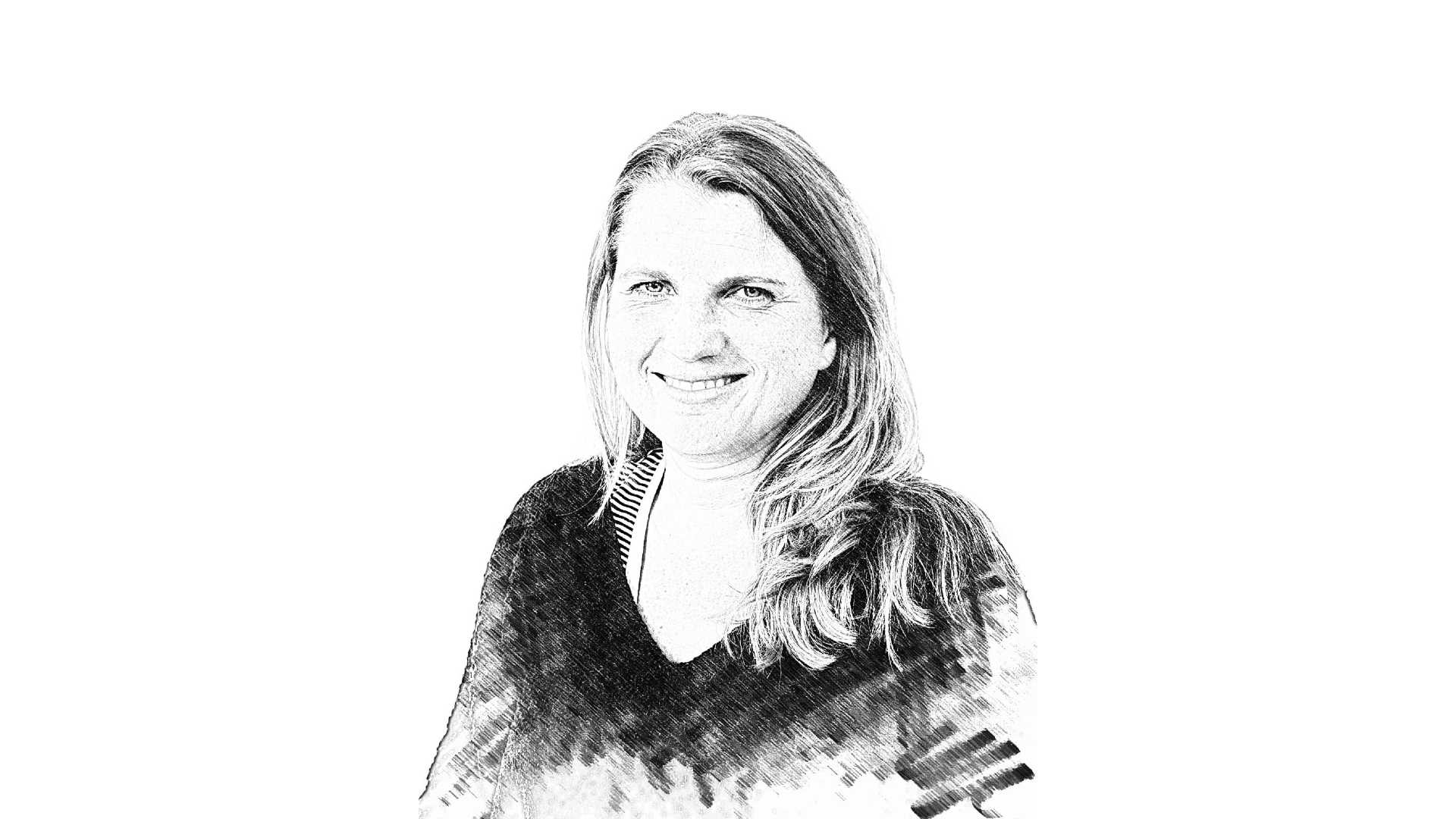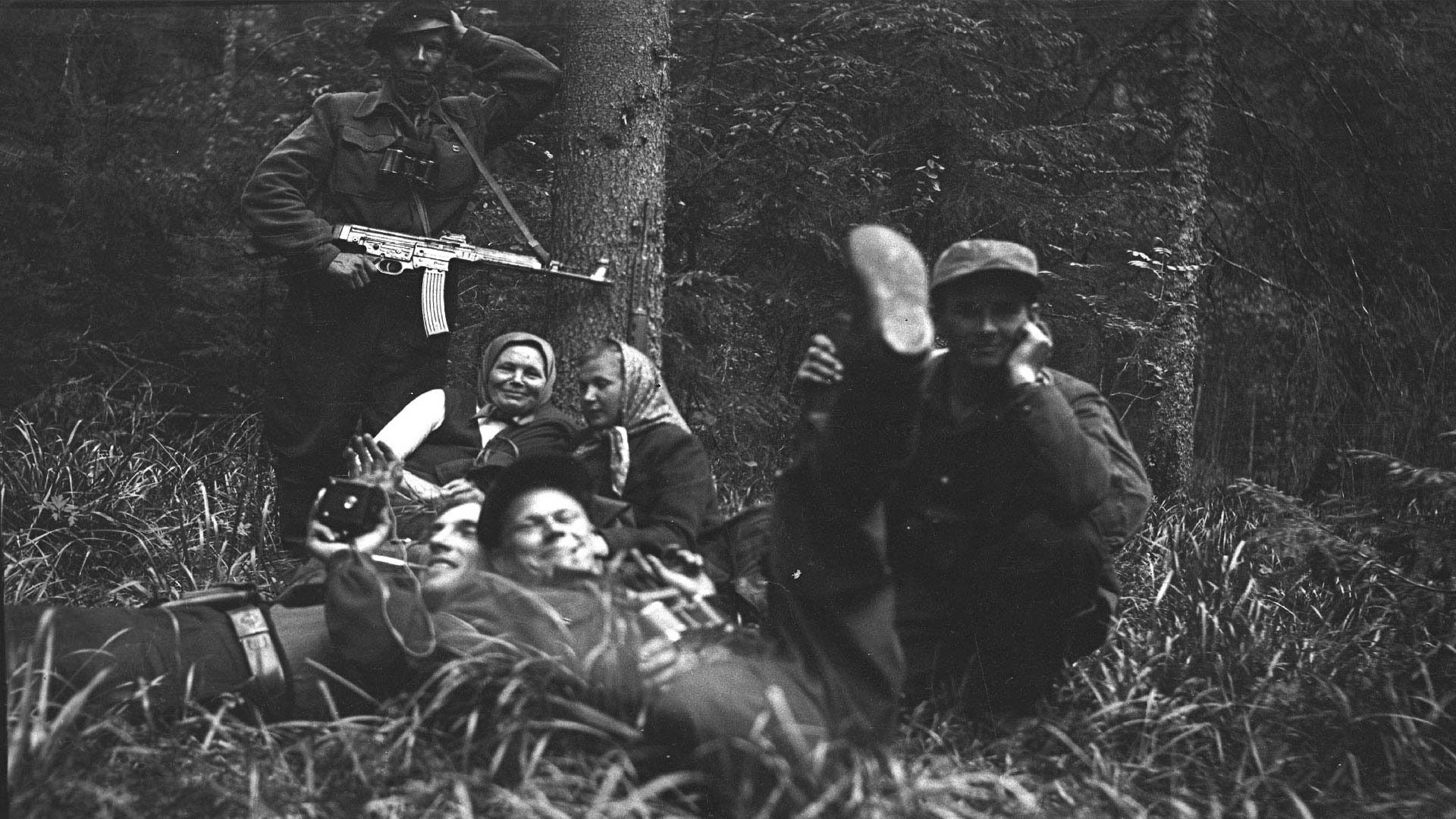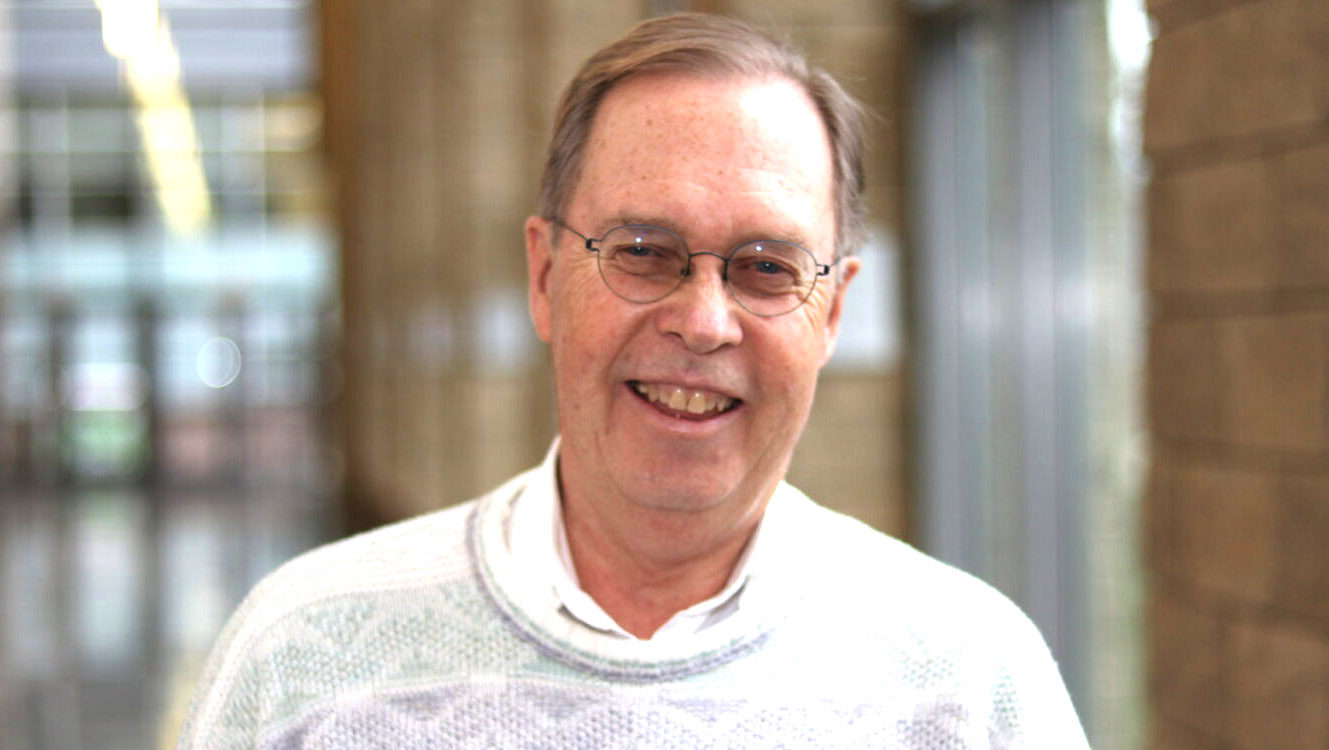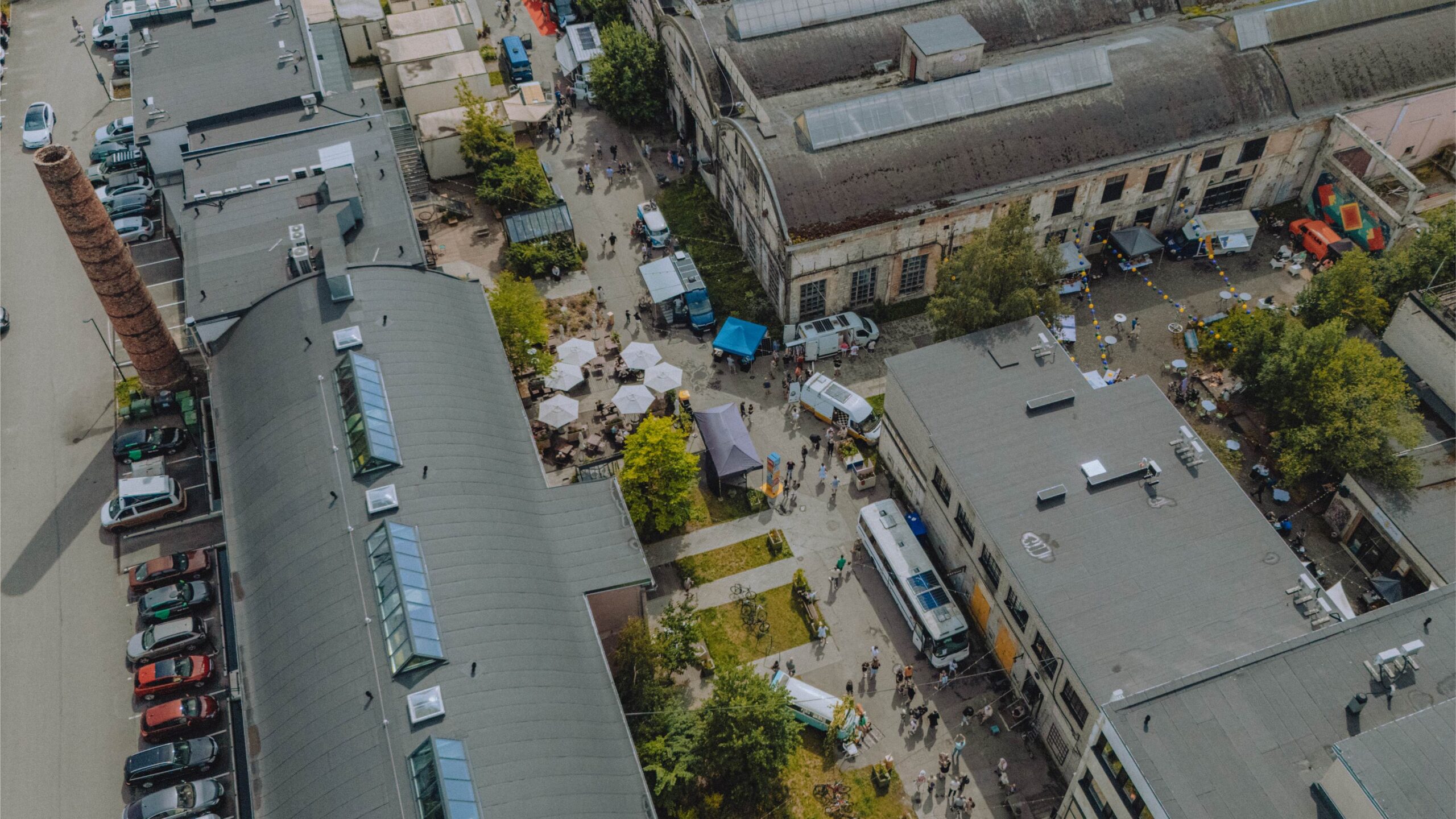"Since wars begin in the minds of men, it is in the minds of men that the defences of peace must be constructed," reads the Preamble to the UNESCO Constitution.
Peace education has come to mean skills for peaceful communication, conflict resolution, empathy, and challenging unjust conditions, negative stereotypes and rifts in societies that can lead to violence. In a school context, peace education aims to tackle bullying and create a safe and acceptable environment for all children.
Peace in small actions
Gutsy Go is a peace education initiative where young people bring forward local societal problems and design immediate solutions and initiatives, or joint collective actions, which are filmed and shared with others. This model was initiated in Finland but has also been piloted in Tallinn. “Every act that increases positive interaction between people, is an act for peace. It is empowering young people to see their strengths and use them for making positive deeds that have positive impact,” explains Eneli Meresmaa, a specialist in international youth work at the City of Tallinn.
Become a subscriber to continue reading!
Every week we bring you news from the community and exclusive columns. We're relying on your support to keep going and invite you to subscribe.
Starting from $2.30 per week.




